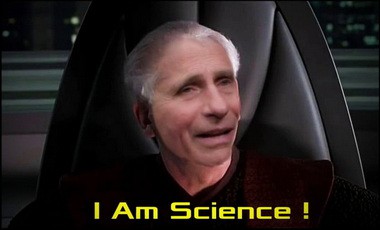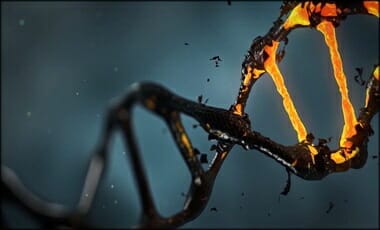The deeper you dig in the dark warrens of adolescent transgender medicine, the more convinced you become that the doctors who operate on young girls are criminal or insane or both.
I know that sounds extreme. But how can a decent person read the bare statistics in a recent article in one of the world’s leading paediatrics journals without feeling rage?
A brief report from four doctors at Vanderbilt University, “Gender-Affirming Chest Reconstruction Among Transgender and Gender-Diverse Adolescents in the US From 2016 to 2019” appeared in JAMA PEDIATRICS earlier this week. It is “the largest investigation to date of gender-affirming chest reconstruction in a pediatric population” to date.
The researchers found that the incidence of “gender-affirming chest reconstruction” surgery for children under 18 – better known as double mastectomies or “top jobs” — increased by 389 percent between 2016 and 2019. (These “chest reconstructions” included some boys who presumably wanted breast implants – but these were only 1.4 percent.)
An estimated 1,130 “top jobs” were performed during those four years on girls as young as 12. What kind of doctor amputates the healthy breasts of a 12-year-old girl?
According to the data, based on the Nationwide Ambulatory Surgery Sample, the Vanderbilt doctors calculated that 5.5 percent of the children were under 14, 21.5 percent under 15, and 56 percent under 16.
It gets worse.
Through the distorted lens of the billion-dollar sex-reassignment surgery industry, “top jobs” might make sense as the last step in the gender-affirmation template. After a gender-dysphoric girl has experimented with living in a male body for months or years, she wants her chest to look masculine. She proceeds through the following steps:
- I know I’m a boy in a girl’s body.
- I need social affirmation.
- I need puberty blockers.
- I need cross-sex hormones.
- I need a double mastectomy.
But according to the figures compiled by the Vanderbilt doctors, only 19.9 percent of these girls had hormone therapy before surgery. That means that the overwhelming majority of these young girls – 80.1 percent – had their breasts amputated without attempting to masculinise their bodies.
[….]
Amputation without hormone therapy makes no sense even in the Alice in Wonderland universe of transgender medicine. It is sheer mutilation. It is worse than prescribing liposuction for a 12-year-old suffering from anorexia nervosa. Or amputating limbs or severing spinal cords for people suffering from Body Integrity Identity Disorder. Where are the studies which show that “top jobs” alone will solve girls’ gender dysphoria?
Furthermore, more than a third of the girls had been diagnosed with anxiety or depression. (The study fails to mention autism, which is often implicated in gender dysphoria.) What kind of surgeon amputates the breasts of a mentally-ill teenager?
[….]
The data in this study are already nearly three years old. How many more girls will be maimed for life by sociopathic surgeons before Americans wake up to this grotesque violation of human rights?
(MERCATOR NET)















